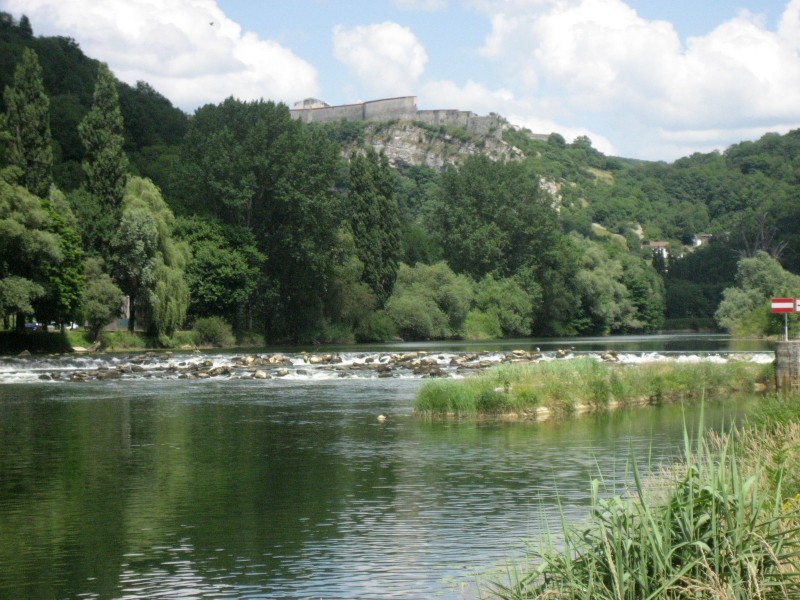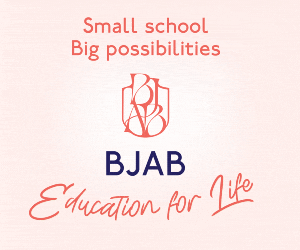It was the dictum of old St Benedict that the brothers and friars in his mendicant order ‘live by the work of their hands’. Thus it is not quite as incongruous as one might suppose to find monks concocting powerful Benedictine liqueurs in France, or massively flavourful, equally intoxicating ales of formidable sensuality and sophistication on the borders of France and Belgium.
The beer of the Trappist monks of the Priory of St Sixtus, far out on the pan-flat, silent, mist-hung polders that mark the morphing of French Flanders (La Flandre) into Belgian, Dutch-speaking Flanders (Vlaanderen), are ciphers not only of one of Belgium’s most enchantingly rural corners but of a fusion of regional styles in all cultures that is almost unique in 21st-century Europe. It is all the more poignant for being rooted in a land of meandering waterways, where bitterns sway among the reeds and rushes, a colossal sky is pinpricked by the spires and towers of belfries and the horizon has a marine opalescence, where the summer sun brings out glossily burnished gouache and the autumn rain a shadowy matte.
Power Blocs
It is also, paradoxically, a countryside blasted to hell a century past by ‘the war to end all wars’; the leaders of the warring parties of the inevitable successor conflict of 1939-45 fought there; Hitler at Langemarck, Churchill at Ploegsteert. Along the dazed zig-zag of the Western Front’s trenches from Poperinge in the north to Loos, the blithely arable fields are spotted with Lutyens’ throat-catchingly sober Commonwealth War Graves, their white headstones like scatterings of mushrooms.
This was a land in which power bloc collided with power bloc in the name of culture; the ‘Kultur’ of Wilhelmine Germany, all Wagner and Schiller, versus the elegant caprices of France and the waxed-moustache Imperialism of England. Cultures across boundaries sprang up along this belletristic fault-line; while Alsace may be more heterogeneous, wearing its French and German antecedents with equivalent pride, its neighbour Lorraine is visually Teutonic (check out that half-timbering!) but linguistically entirely French.
Belgium has its own confluence with Germany, in the Ardennes around Eupen, where tumbling cliffs and elm-lined cataracts are straight from the canvases of Caspar David Ftiedrich, greatest of the German Romantics. Then, in the Alps, there are the peculiarly hybrid lands of Trentino, the Tirol and Alto Adige; Mahler composed the greatest of his symphonies, the Third, in a lakeside retreat, in Dobbiaco (or is it Toblach?). Here is a cultural arc stretching down from the Inn to the Adriatic via the Tauern and Karawanken mountain ranges, where the shadows of detached campaniles and onion-domed churches can easily cross each other on crowded town squares. North of Passau on the Danube the dark groves of the Bohemian Forest are known in Bavaria to the south as ‘The Bavarian Congo’.
“Land Of Little Hills”
The joys of what tourist chiefs term the Heuvelland – the land of little hills – are the more remarkable for the increasingly bellicose nature of Flemish separatism, yet the co-dependency has long roots; a French friterie will serve fare just as appetizing as a Flemish frituur – as the Bintje potato serves frite-lovers in both linguistic camps, this is unsurprising. The place names in La Flandre(Hazebrouck, Socx, Strazeele, Morbecque, Steenwerck (home to a superb museum of folk life) say it all.It’s only a short hop, geographically and linguistically, from Oostduinkerke to Dunkerque-ouest. Surnames such as De Scheermaeker, d’Huyghe, de Greef etc are equally common in Ieper and in nearby Armentieres, the French town where in the Great War, soldiers who called it Armenteers claimed the girls ‘cut up their skirts for souvenirs’ with an ‘inky-pinky-parlay-voo’ (a tradition that the current writer can attest, sadly, no longer pertains). This linguistic fusion is signal; for nationalist Flemings; their language is everything and, even in the borderlands, more Flemings speak French than vice-versa.
Yet tensions are minimal; there has been too much shared down the centuries for that. Identical economic and social realities have ignored those boundaries as well as cultural goods. Cultural and local differences are not immune to factors bigger than they, after all. But along this frontier, one is reminded that crossovers can help foreground the identity of their constituent parts and not nullify it. Here there is, unaffectedly, an invigoration of the senses, the spirit and the intellect that few places can match. And the picturesqueness of it all is an enchanting bonus – it’s an afternoon’s drive or a two-hour train trip from Brussels, so break for the border. Now.







